Offline, Off-the-Grid and into the Amazon: A Photoessay
September 23, 2018
Pre-trip
The online retail giant Amazon overshadows the South American rainforest in Google’s first-page search results. Daily-deals comprising gadgets and books we didn’t seek vied for our attention to ‘add to the basket’ while we aspired the abundance of a tropical biome. Desperate to go beyond dot-com destinations, we tagged the word rainforest to every search phrase to flee the clever digital retail traps set out by the online behemoth.
An idea?
A tweak to PageRank’s algorithm to assign first-page priority to mother nature would be a better way for Google to pay a tribute to the world environment day instead of doodling something green.
The destination
The Peruvian Amazon was the last leg of our South American trip. We chose a place that would strip us of all urban luxuries and distractions. Keen to inhabit the rainforest like its residents, we paid a premium to go primitive (as netizens mostly do). Equipped with only a few essentials, namely clothes, meds, and footwear, we relied on our primal instincts to embrace mother nature in her entirety – mosquitos included. The mosquito repellent from the German pharmacy decimated everything that flew in our proximity. Afraid that we would disturb the ecological balance and biodiversity of the world’s largest rainforest, we used the repellent sparingly.
Getting there
Our abode in the Amazon was a three and half hour boat ride from Iquitos. The lack of onboard entertainment and wi-fi connection propelled us to look around and observe our immediate environment rather than view distant places on social media. The landscape, dominated by the vastness of the freshwater river fringed by tropical vegetation didn’t change much in that monotonous transit, prompting us to interact with other passengers onboard.
En route
Our brave co-passengers – unaccompanied minors- showed no stranger anxiety. They were curious about us just as we were about them. We shared chocolate filled goodies and played silly games that entertained us for hours. We didn’t speak the same language.
Our pad in the forest
The thatched bamboo huts on stilts creaked and swayed with the whistling wind and tropical rain, reminding us that we were going to be finely attuned to nature even while indoors. Powered solely by solar energy that was barely enough to light up a 20 watts bulb, our Amazonian abode ensured that we recharged, in a way our phones and iPads couldn’t.
At daybreak
Waking up to a jaunty symphony of bird songs was akin to having fabled composers perform live at our footboard. It was a tapestry of pleasing morning alarms with no snooze option. Warblers, whistlers, tweeters, and chirpers joined the dawn chorus bringing the rainforest alive. The winged songsters stoked our senses to awakening as they did to many a wigged songster of the yesteryears. Devoid of devices to swipe and consume world news and social news-feeds, we, the homo sapiens on the banks of the Amazon, found ourselves utterly absorbed in the extempore melody. The pulse of the planet was palpable in every trill, caw, tweet, chirp, and shriek – in a way morning news shows only pretend to bring.
Night walk in the forest
Walking through the forest at night with a machete in hand was evolutionary and life-changing. We were reminded every second of our chance to be alive again. The Machete brand that went with the tagline, ‘you will never fail’ provoked thought and fear. The promise of wielding a weapon that never fails the user was heartening, given the nocturnal dangers that surrounded us. The notion that the user wouldn’t make it out alive in case of failure nagged us. We proceeded nevertheless. We wore knee-high gum boots and swaggered in tow. We embraced the color of darkness, the sound of silence and the feeling of stillness. Leading us into the depths of the forest was our very own local Tarzan – a son of the soil – who gave us tacit lessons in nocturnal wilderness survival. We were on a high sensory alert. Not just in the nights, but in daylight too.
Free spa
We wallowed like hippos in the muddy banks of the Amazon and its tributaries for five days in a row, availing the free mud-water-sun therapy. Con men and women bottle such mud in designer styled jars and sell them in fancy spas for half your wealth in the promise of every lasting beauty. Don’t be misled! Mother nature offers it for free in her home ground. The lucky ones might spot pink dolphins while covered in soothing moor mud. The not-so-lucky ones will have rain wash off their just-applied mud wrap. We wholeheartedly recommend this treatment is an excellent salve for minor bruises, bites (mosquitos, I mean) and scars that are a part of the rainforest experience.
Community projects
Getting to the heart of the Amazon is also a chance to get a closeup of the Rivereños – the people who live along the Amazon. The modest forest lodge that we stayed at has a life-sustaining, community building, environmental outlook to its business model. We visited some of these communities, especially the schools. We interacted with the children through their bilingual teachers who travel from afar to improve literacy in the region.
Peru and India have some striking resemblances of not just history and culture but social problems and its manifestations. Being with the river dwellers of the Amazon was in many ways reminiscent of traveling to rural India. The poverty that greets the eyes shields the human values that hold the community together. Through high tide and low, through seasonal problems wrecked by nature, through ill health and financial hardships, the Rivereños live together as one big family. Food is either fished, farmed or hunted. They rely on mother nature for every meal. Their daily lives bound by simplicity would make a valuable handbook to rehabilitate some of us urban dwellers. The most impoverished parts of the world are wealthy in a way that we can only aspire to be. Riches are dispersed differently in different parts of the world.
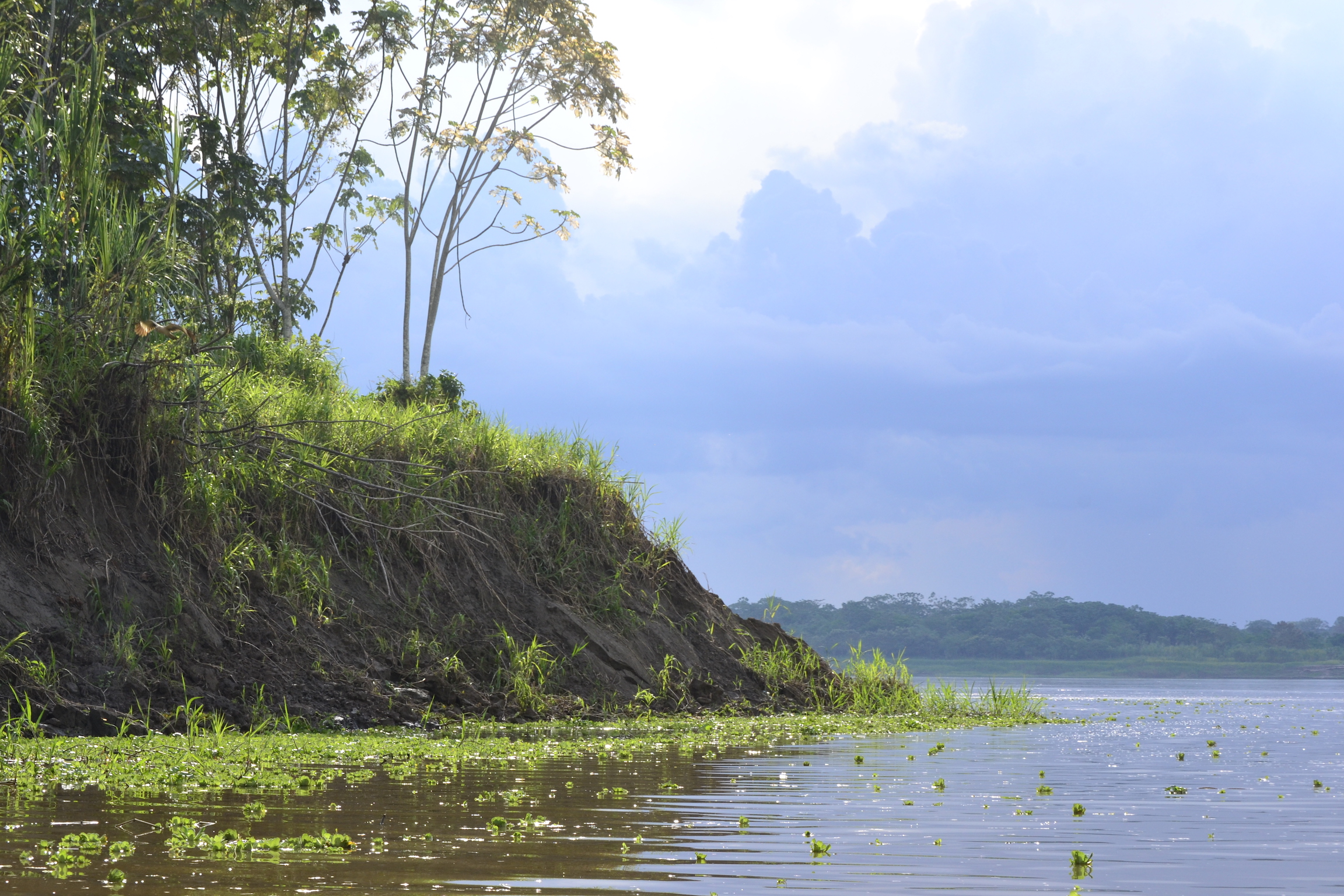
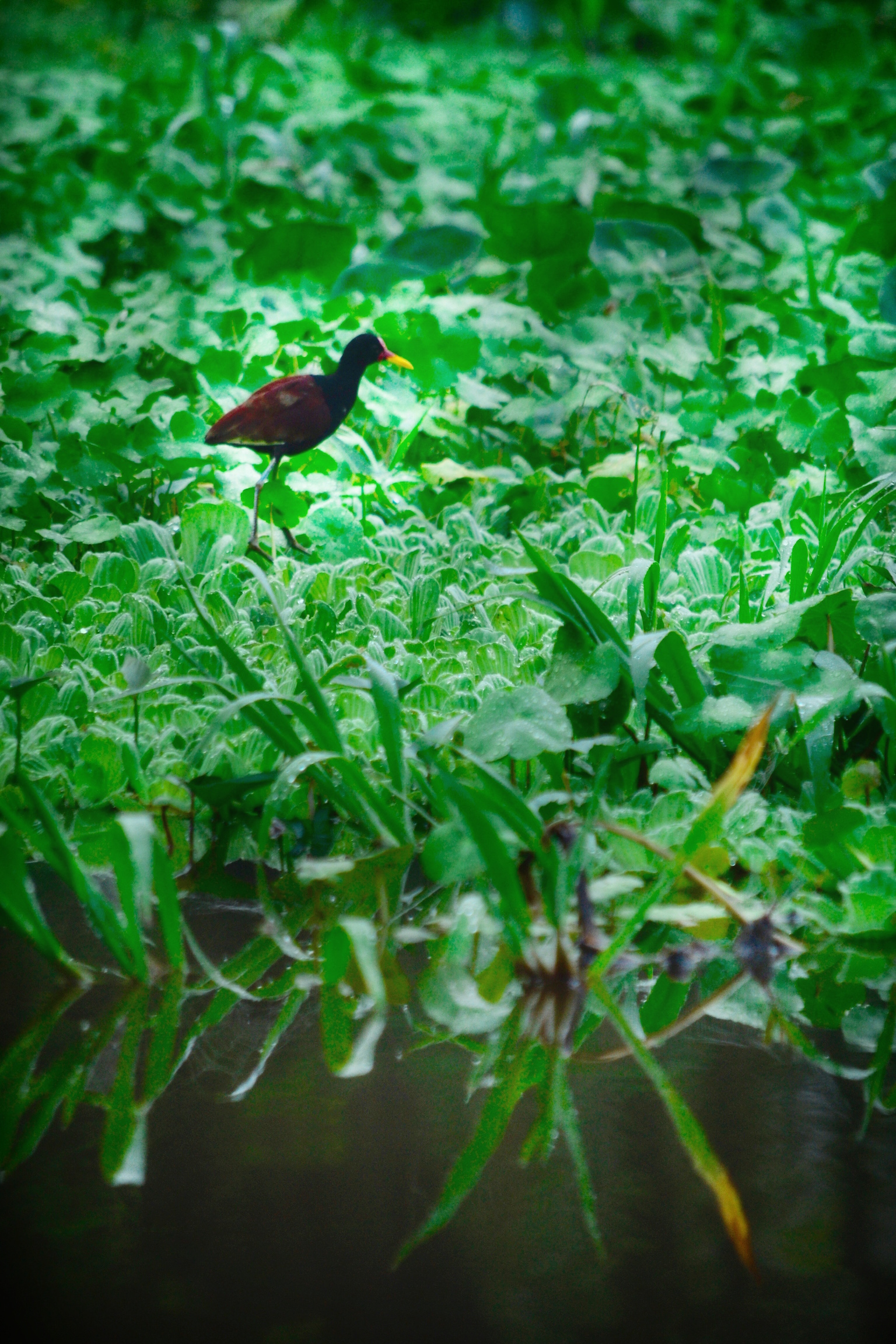
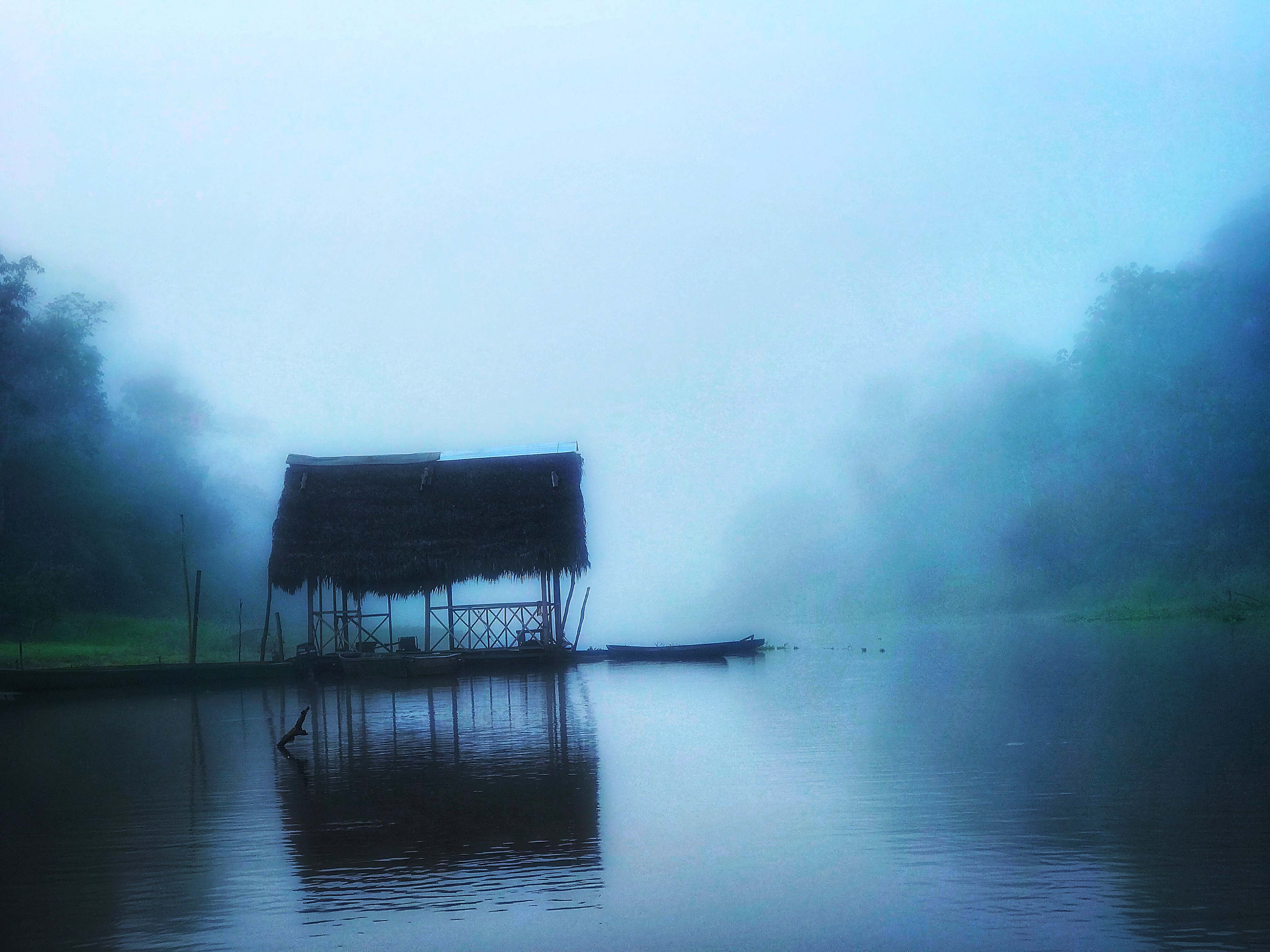
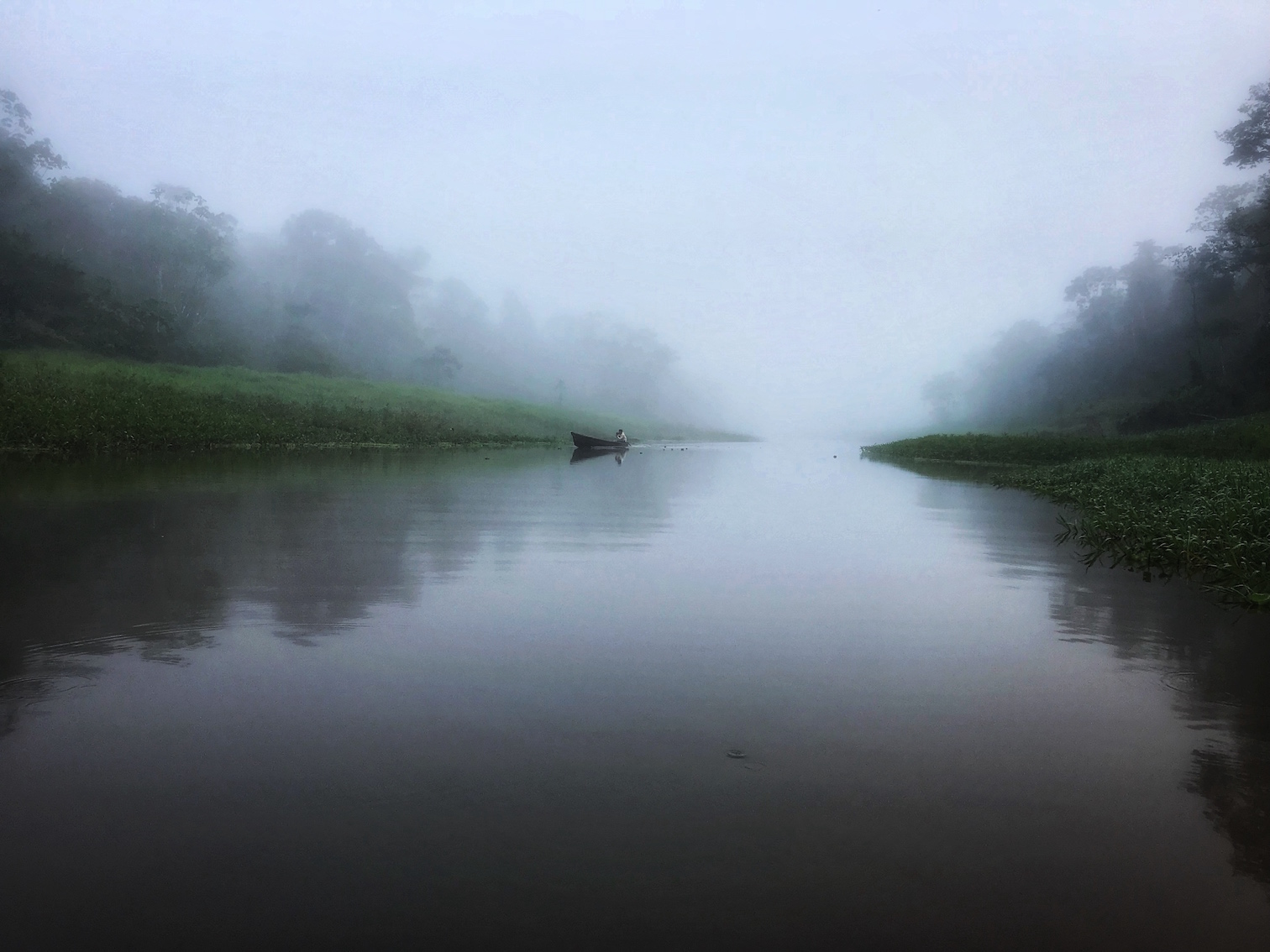
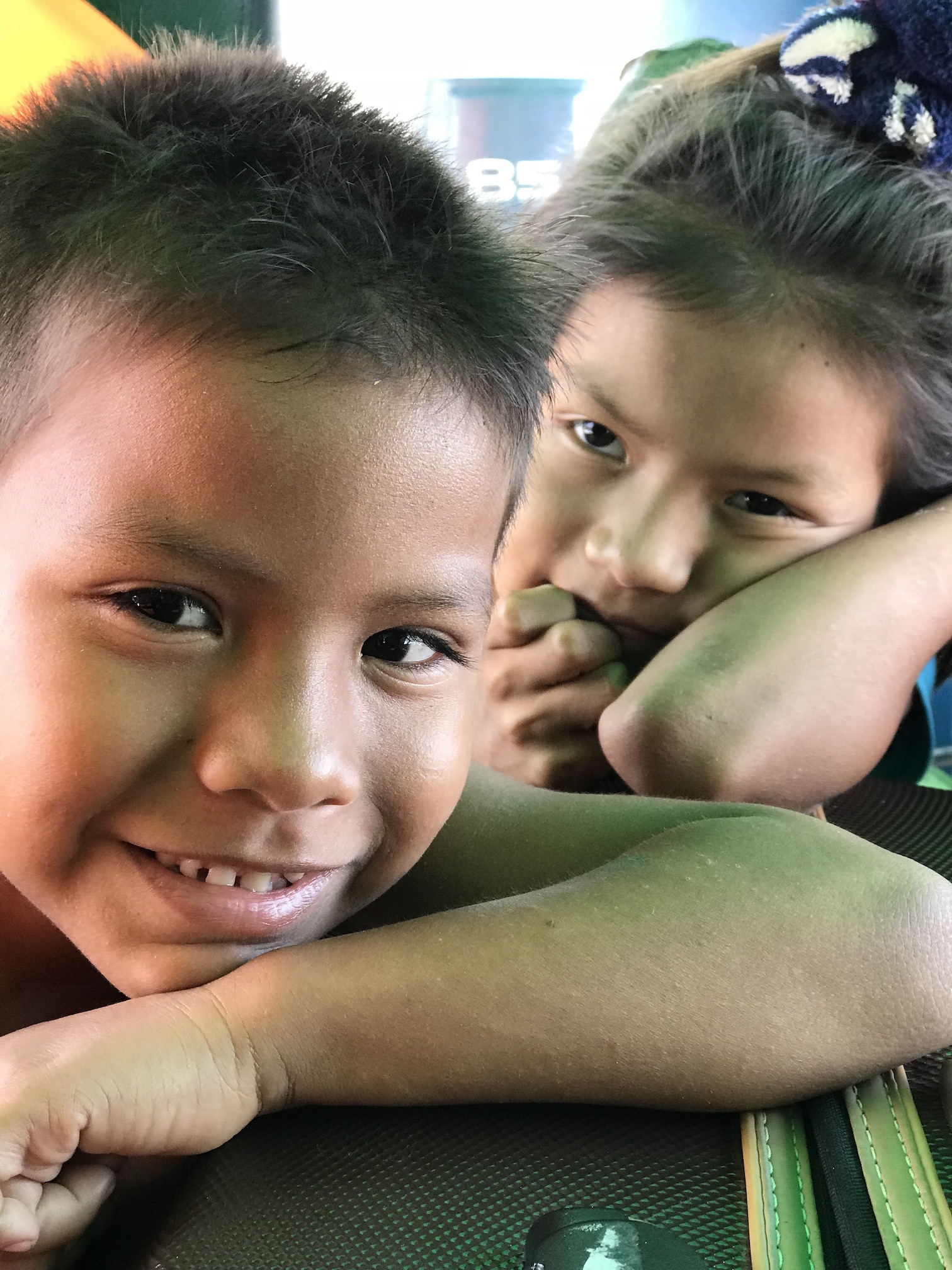
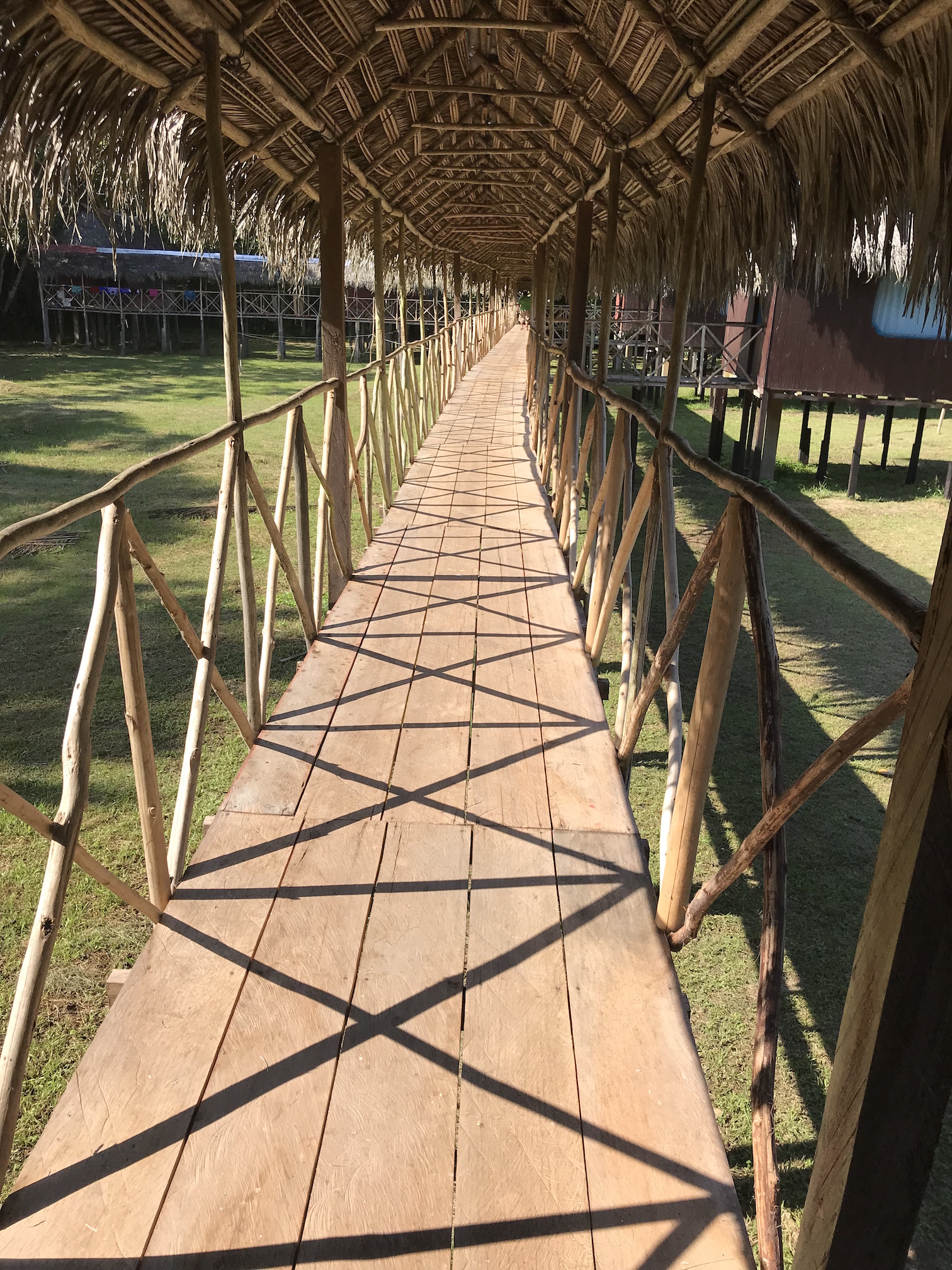
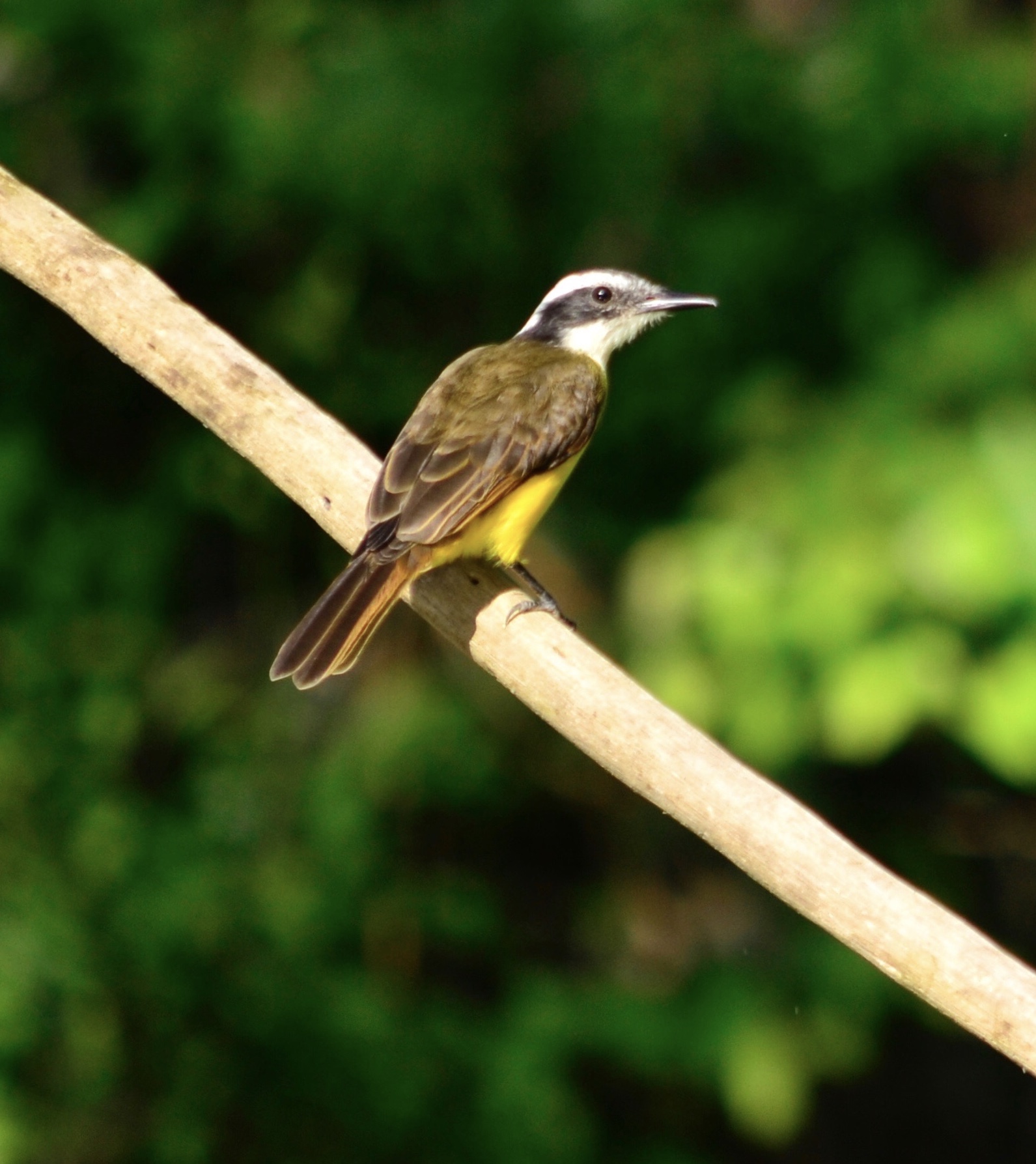
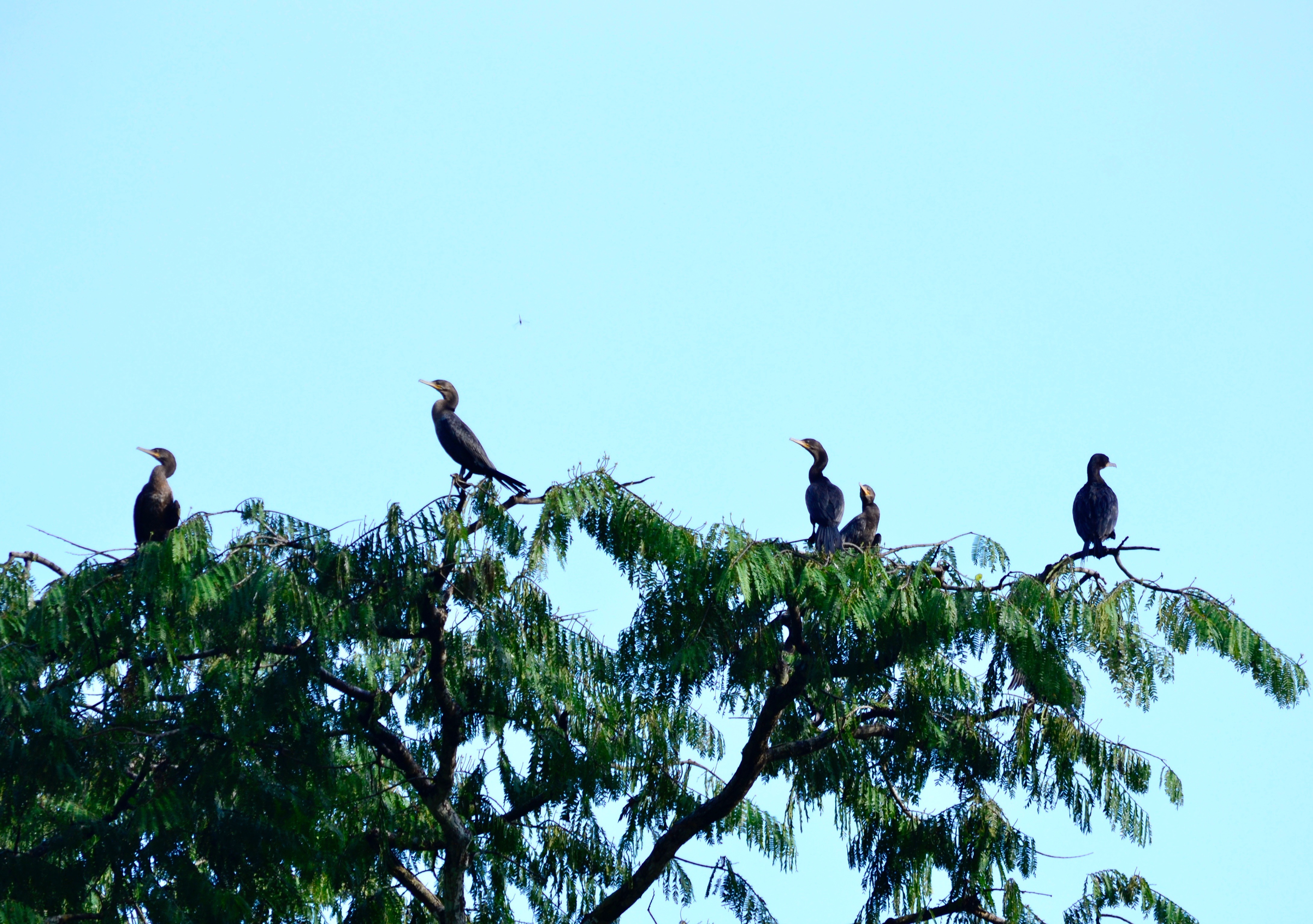
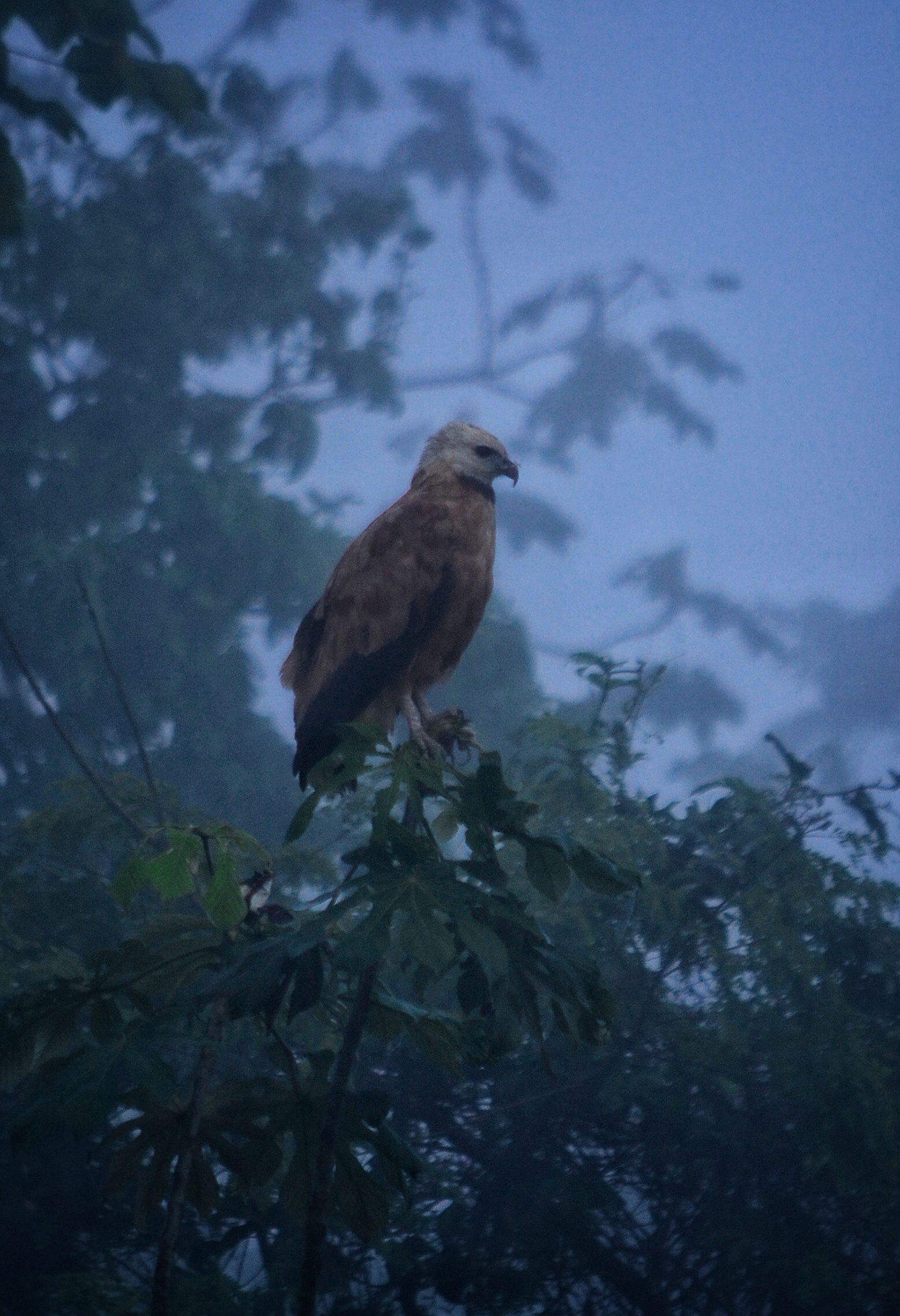
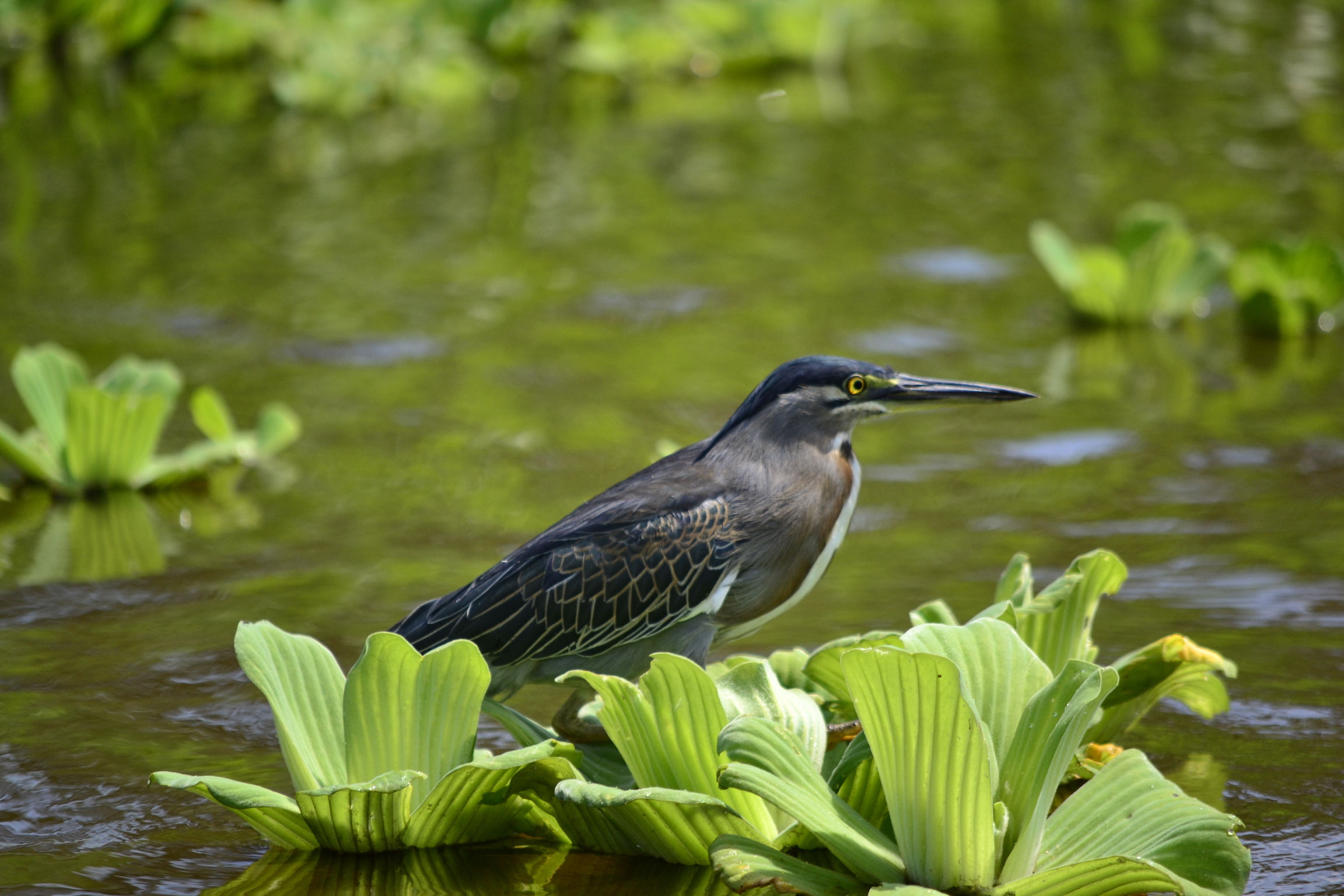


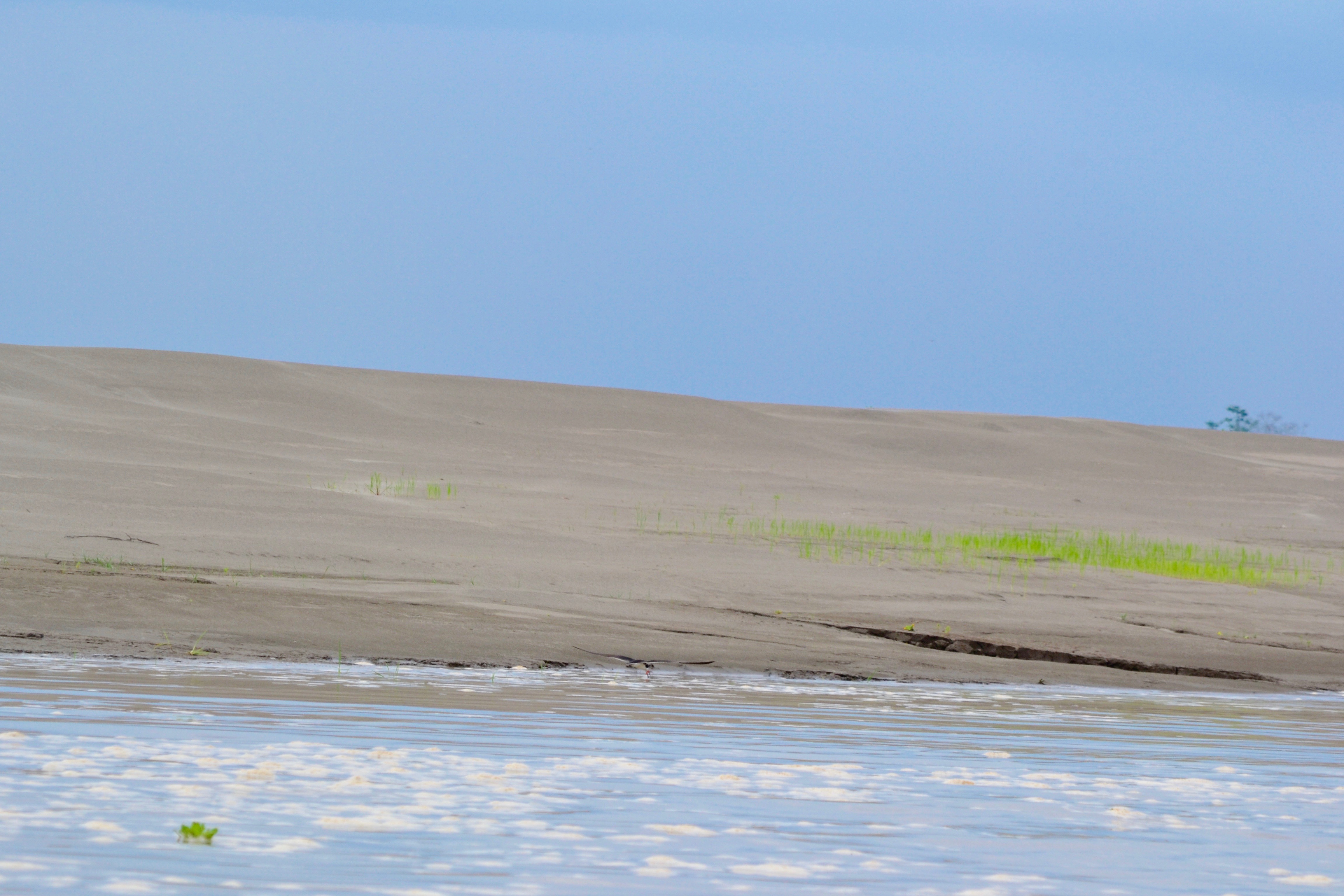
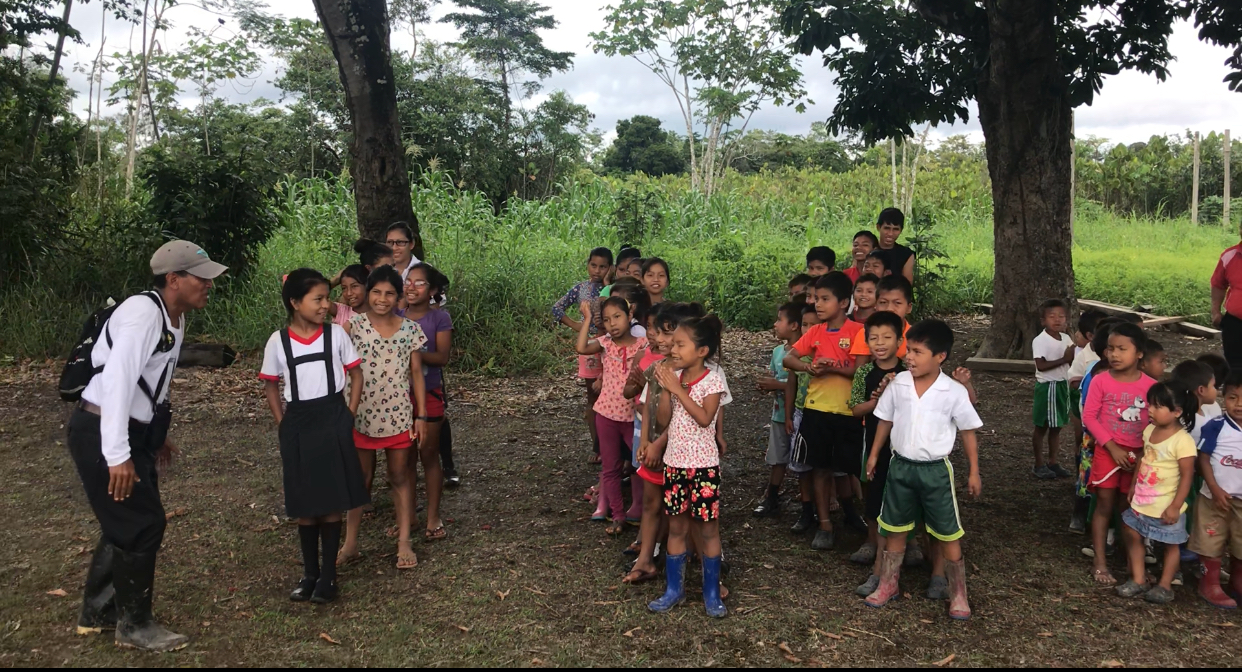
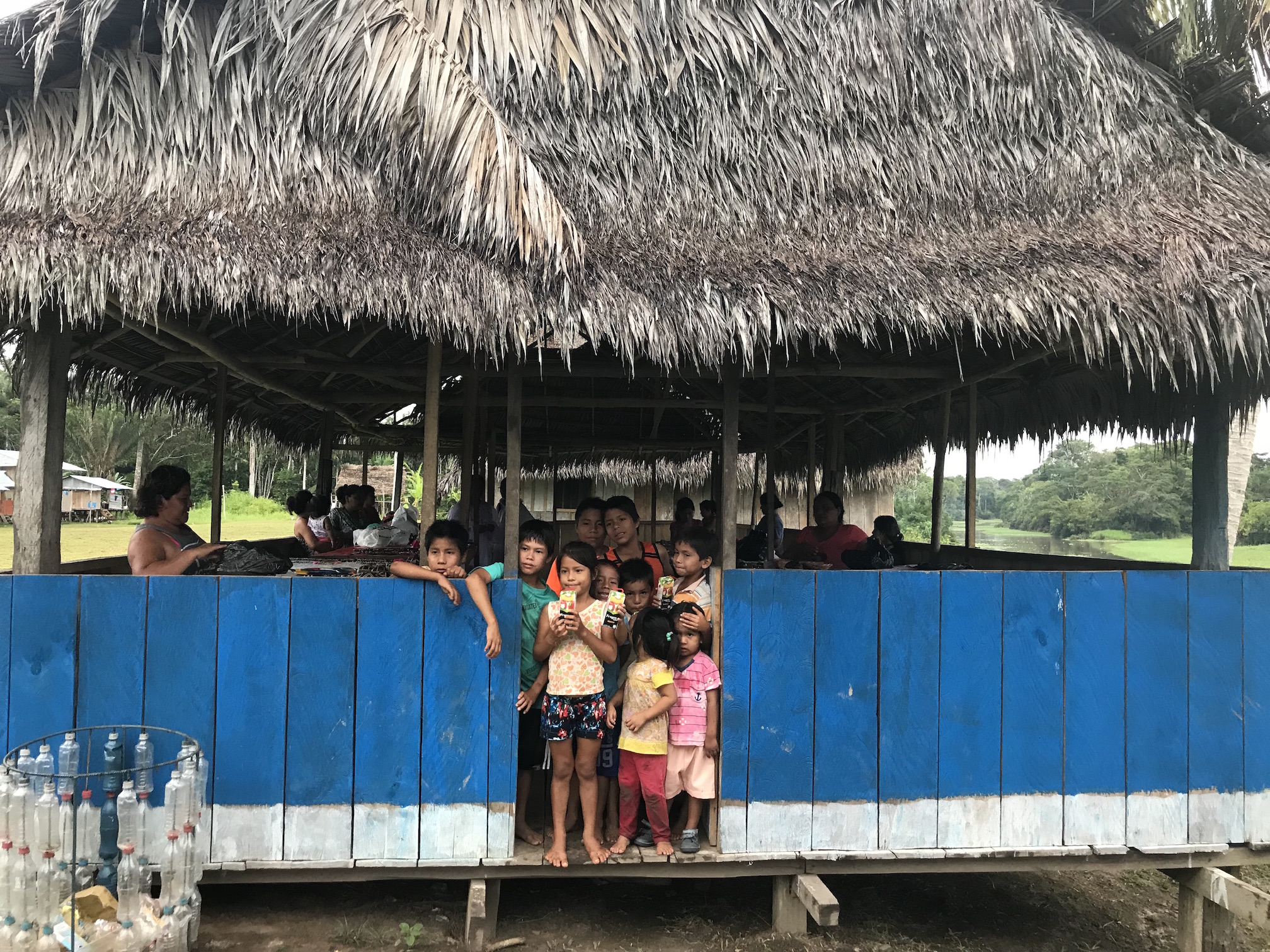
Leave a comment